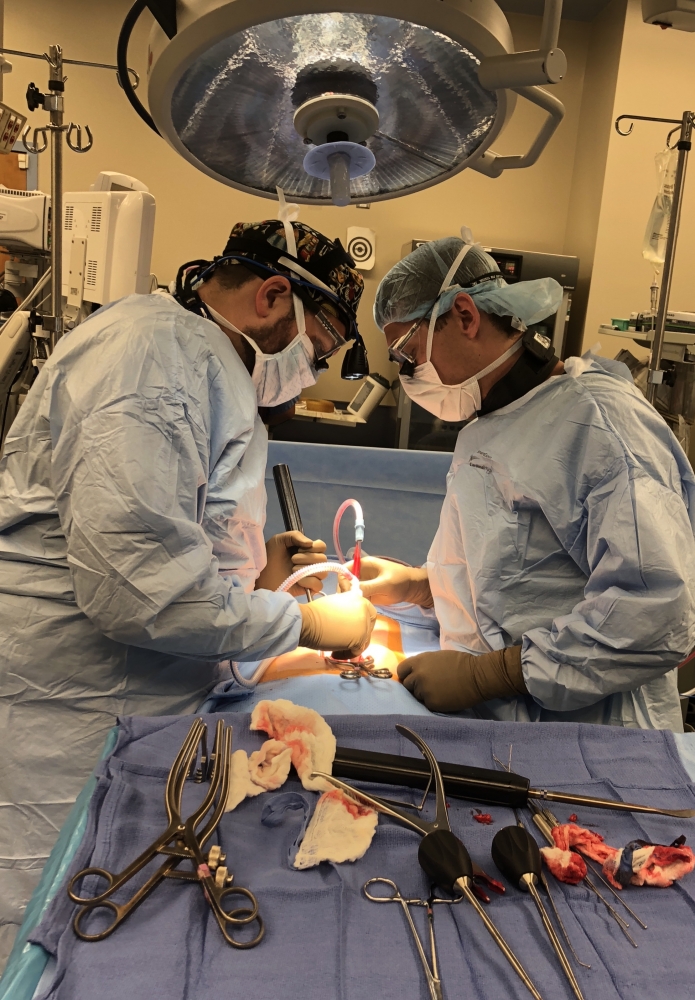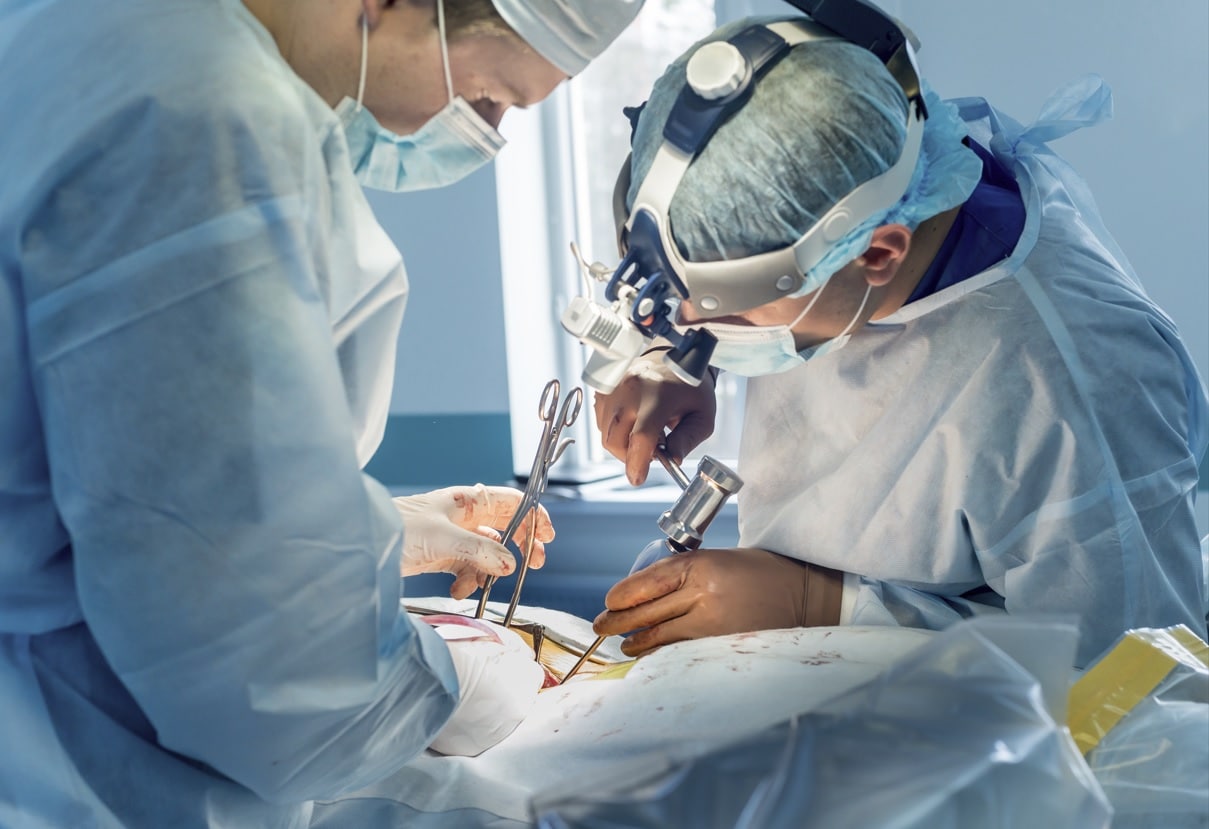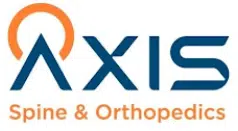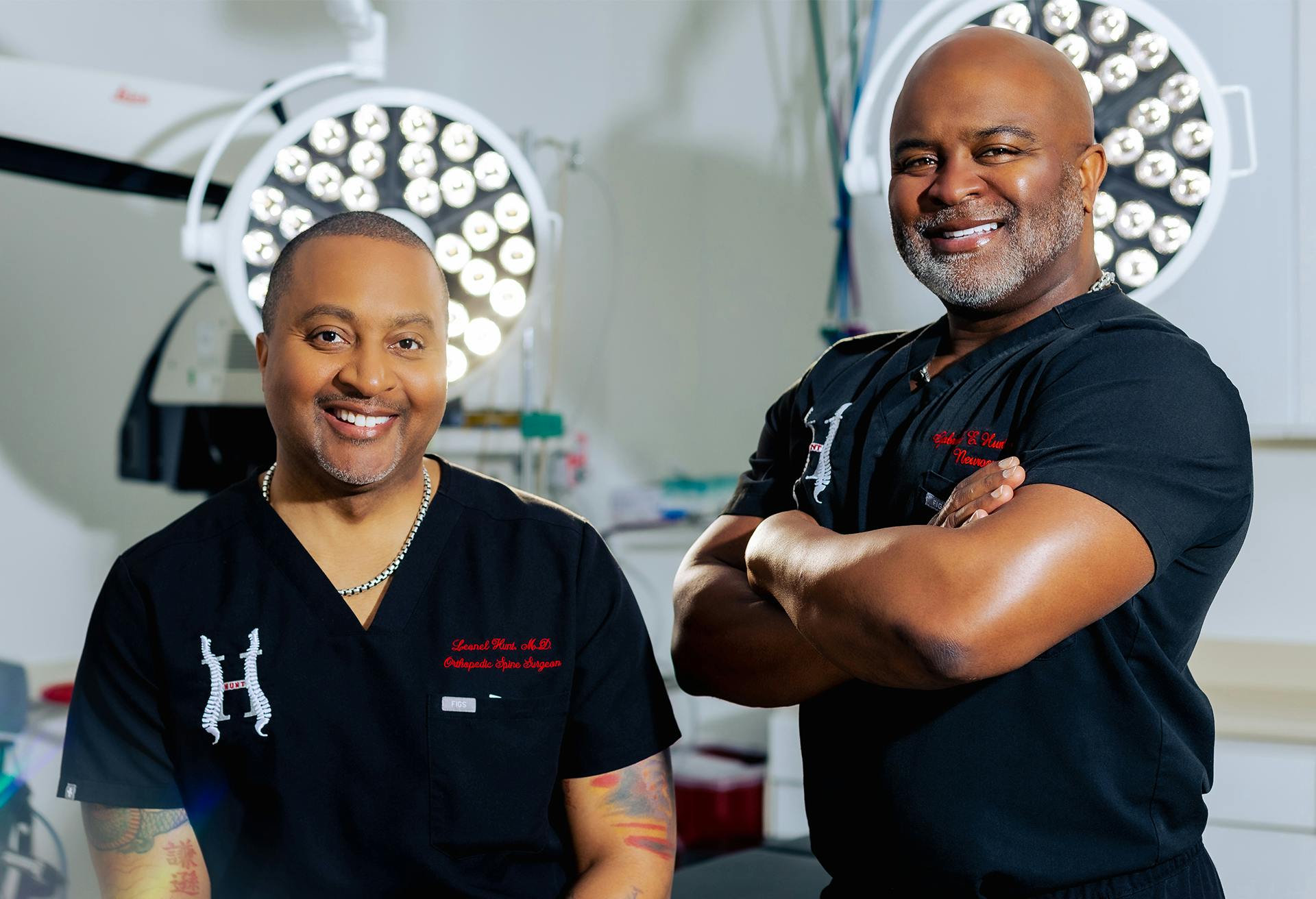The Latest Innovations by the Best Spine Surgeons in St Louis MO
The Latest Innovations by the Best Spine Surgeons in St Louis MO
Blog Article
A Review of Back Conditions That Frequently Lead To Surgical Therapies
When conventional therapies stop working to alleviate relentless symptoms,Spinal column problems such as herniated discs, spine stenosis, and degenerative disc condition regularly require surgical interventions. These problems not only cause significant pain yet can also severely impair day-to-day functioning and overall lifestyle. Recognizing the nuances of each condition and the equivalent surgical alternatives, such as discectomy or back fusion, is important for effective administration. As we explore these conditions even more, it becomes noticeable that the decision-making process bordering medical treatment is complex and warrants careful factor to consider.
Herniated Discs
Although many individuals with herniated discs might find relief via conservative treatments, surgical procedure comes to be a necessary consideration when signs intensify or linger - best spine surgeons in st louis mo. A herniated disc occurs when the soft internal gel of a spine disc protrudes with its external layer, possibly leading and compressing close-by nerves to pain, numbness, or weak point in the extremities
Conservative management usually consists of physical treatment, discomfort medicines, and corticosteroid injections, which intend to minimize swelling and improve feature. Nevertheless, in cases where these techniques fail to ease incapacitating symptoms, medical choices may be explored.
The most usual surgery for herniated discs is a discectomy, which involves the removal of the herniated section of the disc to eliminate stress on the affected nerve root. In a lot more serious cases, spine combination may be required to stabilize the impacted vertebrae.
Clients are encouraged to discuss the potential threats and benefits of surgical treatment with their doctor to make a notified choice. Ultimately, the objective of any kind of surgical treatment is to restore feature, alleviate pain, and enhance overall lifestyle for individuals dealing with herniated discs.
Spine Constriction
Back stenosis occurs when the areas within the back slim, leading to increased pressure on the spine and nerves. This condition can establish in numerous areas of the back, including the cervical and back locations, frequently due to age-related changes, such as degenerative disc illness, arthritis, or enlarging of ligaments.
Clients with spinal stenosis might present with signs that consist of pain, feeling numb, tingling, or weak point, largely in the legs or arms. These signs and symptoms can be worsened by tasks that include standing or walking, typically leading people to seek alleviation through conventional therapies like physical treatment, drugs, or epidural steroid shots.
However, when these non-surgical treatments fail to offer ample alleviation, medical alternatives might be considered. Common surgeries for back stenosis include laminectomy, which entails the elimination of part of the vertebra to alleviate pressure, and back combination, which stabilizes the affected area. The choice to seek surgical treatment is commonly based on the severity of signs and symptoms, the degree of functional disability, and the total health of the person. Motivate medical diagnosis and administration are essential to avoid additional neurological concession and boost lifestyle.
Spondylolisthesis
Spondylolisthesis occurs when one vertebra slides onward over another, causing imbalance of the spinal column. This problem can arise from numerous variables, including congenital problems, trauma, or degenerative adjustments in the spine. It is most generally observed in the back region, specifically at the L4-L5 and L5-S1 levels.

Therapy choices differ based on the extent of the slippage and the signs and symptoms offered. Conservative procedures, including physical therapy, discomfort administration, and task alteration, are commonly the first line of protection. Nevertheless, when non-surgical methods fall short to soothe signs or when substantial nerve compression exists, medical intervention might be warranted. Surgical choices can consist of back combination or decompression treatments, focused on bring back alignment and alleviating neurological signs. Early diagnosis and proper monitoring are vital for optimal results in clients with spondylolisthesis.
Degenerative Disc Disease

The condition can be diagnosed with a combination of clinical evaluation, imaging studies, and person history. When these techniques fail to supply adequate alleviation, surgical treatments may be considered.
Surgical choices for DDD might consist of spine fusion or synthetic disc replacement, focused on supporting the impacted section and relieving discomfort (best spine surgeons in st louis mo). Eventually, the choice of therapy is embellished, taking right into account the seriousness of the problem, individual wellness, and lifestyle aspects
Back Tumors

Spinal tumors can occur from numerous factors, consisting of genetic proneness, environmental impacts, and pre-existing clinical problems. Patients might More about the author present with a range of signs, consisting of local pain, neurological deficiencies, weak point, or adjustments in digestive tract and bladder feature, depending on the tumor's size and place.
Surgical intervention might be necessitated to ease signs, acquire a biopsy, or eliminate the lump completely. The goal of surgical treatment is commonly to unwind neural components and stabilize the spinal column. Early discovery and intervention are critical for enhancing outcomes in patients with spine growths.
Conclusion
In recap, spine conditions such as herniated discs, spine stenosis, spondylolisthesis, degenerative disc condition, and spine growths often require surgical intervention as a result of their possible to trigger significant pain and practical disability. While traditional therapies might offer momentary alleviation, surgical choices come to be important when signs linger or worsen. Prompt medical diagnosis and treatment play an important role in restoring function and improving the top quality of life for damaged people, underscoring the significance of detailed spinal care.

Report this page